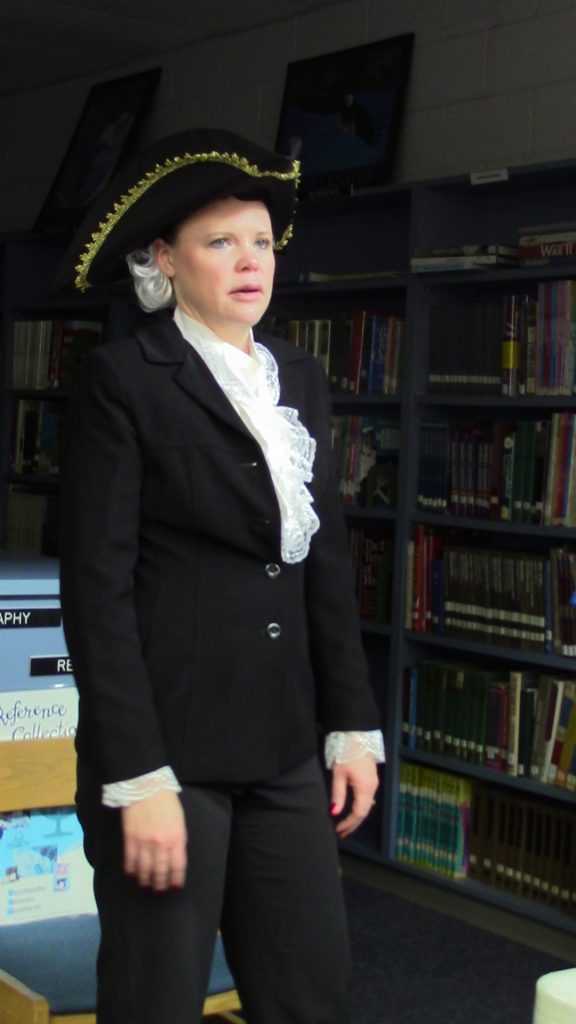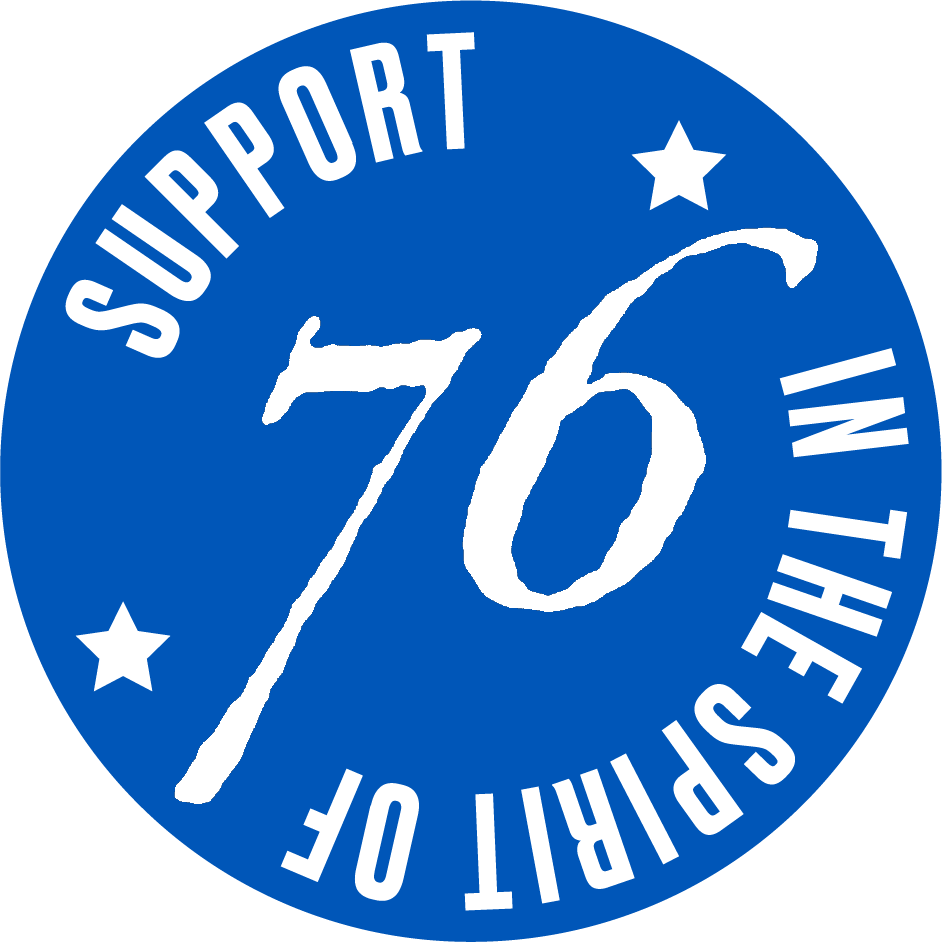Ashbrook Teacher Challenges Students to Read & Debate the Questions of the Constitutional Convention
December 24, 2020

To see the transformative effect of Ashbrook’s programs for secondary school social studies teachers, simply visit their classrooms.
In a suburb of Akron, Ohio, a slender thirteen-year-old wearing a starched white 18th century-style shirt stands and makes an argument against strong central government:
“Imagine our government as farmers and their crops. If there are ten farmers, and they [each] have a crop of 20 cabbages, they have the time, money, and energy to monitor their cabbages . . . . They will be able to water them and supply nutrients to them whenever necessary. But then another farmer comes along. . . . He takes power away from the ten farmers who originally owned the crops. So now, he is in charge of 200 cabbages. He does not have time, he does not have money to make sure those cabbages are thriving in their environment. Just like having strong central government won’t properly provide the resources and the money that [each state] needs.”

A student wearing a vest and cravat counters:
“A strong central government is necessary to defend our country from foreign attacks. Our current government is so weak that not even a fourth of the states can repay their debts or raise a militia. Our states are like sticks, with the central government being a band that holds them together. . . . When the band is tightened, and the sticks are closer together, it becomes harder to break them apart.”
These students are not reading from a script; they have invented arguments to explain the contrasting positions of two American Founders: the Anti-Federalist George Mason and the Federalist Alexander Hamilton. They were challenged to think this hard by their teacher Melanie Stuthard, a student in Ashbrook’s Master of Arts program in American History and Government (MAHG) degree program. Stuthard is a remarkably effective teacher; she was named Ohio Social Studies Teacher of the Year in 2014 by the Gilder Lehrman Foundation.
For 12 years, Stuthard has led all five of her eighth-grade classes at Revere Middle School in a Constitutional Convention. Each student takes the role of one of the actual delegates who met to deliberate on our form of government. Stuthard herself takes the moderating role of George Washington, reading at intervals from the only script her students have seen: a set of short statements setting the theme of each debate. Students then start the conversation on their own. At first they speak tentatively. But soon they are excitedly countering each other’s points.
Stuthard gives students “very limited information about their delegates. They have to research and pull together many resources and make decisions about what they will say and when to speak.” They consult the same primary sources historians use in reconstructing what occurred behind the closed doors and darkened windows of Independence Hall in 1787: Madison’s careful notes on the debates, published after his death; along with essays by delegates that appeared in newspapers after the convention, as citizens debated whether to ratify the Constitution.
When Stuthard first devised the exercise, students read simple histories to learn about their delegates. Now they read the delegates’ own words. Stuthard’s Ashbrook education “has enriched my knowledge of the primary sources so much that I now feel comfortable” asking students to read 18th century documents written in long complex sentences, often using unfamiliar vocabulary.
Before the Convention, students meet in interest groups to strategize. Federalists meet apart from Anti-Federalists; delegates of large states meet apart from those of small states; Northerners with commercial interests meet apart from Southern slave-holders. Stuthard circulates among the groups, fielding questions about the primary sources, but students themselves map arguments for each point.
“This year was the first year that I required all of my students to go through Madison’s Debates,” Stuthard said, referring to the new edition of Madison’s notes published last year by Ashbrook Senior Fellow Gordon Lloyd. “I also required my higher-level students to read and quote from the Federalist Papers or the Anti-Federalist Papers, depending on their delegate’s leanings,” Stuthard said. Students could find all these documents on Ashbrook’s resource website,TeachingAmericanHistory.org, which hosts several special exhibits by Lloyd on the Founding.

“This year’s classes exceeded the level of convention debates that I usually hear,” Stuthard said. “At many points, they blew me away!” Yet these students “are not exceptional, compared to those I have every year. The richness of the debates was due to the resources I exposed them to,” Stuthard said.
Ashbrook-educated teachers say that reading and discussing primary documents reminds them why they love history and chose to teach it. The documents provide direct access to the words and thoughts of the statesmen who shaped our government, to the ideas that moved them and the problems they had to resolve. Thus inspired, good teachers find creative ways to pass their own excitement onto students. Stuthard’s students uniformly say that the hard work to prepare is repaid by the fun of the convention itself. “Just reading a textbook and taking a test” on the Founding, one student said, “I’d probably forget it in a week. But my sister, who is a junior in high school now, still remembers having this debate!”

